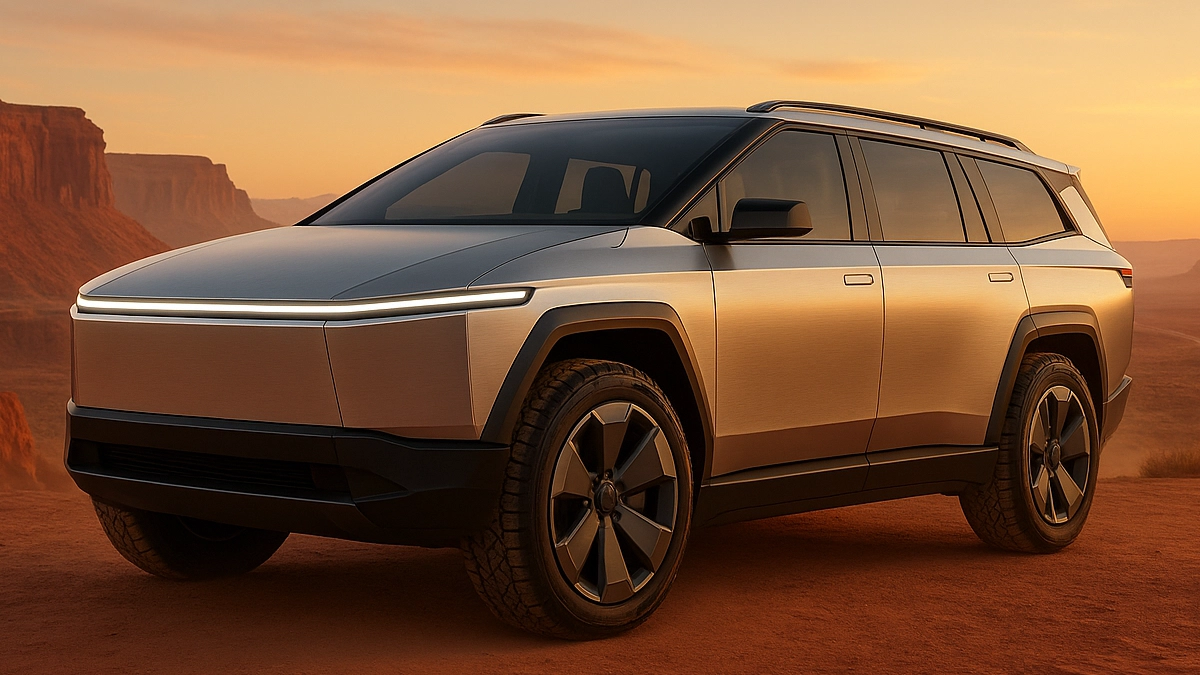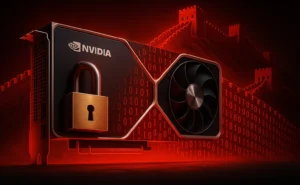Tesla’s design chief has acknowledged that a Cyber SUV and a smaller Cybertruck are under consideration—carefully framed as exploration rather than commitment. The real story is what this signals about priorities, where such a model could excel, and where it could struggle.
What was actually said
- The language signals option value, not a program greenlight, preserving buzz while keeping strategic flexibility.
- Visual breadcrumbs in recent media hint at Cyber-inspired models, a familiar tactic that sparks speculation without timelines.
- Recent changes to Cybertruck trims indicate a pricing and margin rebalance that would shape any spin-off body style.
Why a Cyber SUV is tempting
- There’s a clear lineup gap for a true full-size, three-row SUV with rugged appeal that traditional buyers expect.
- Reusing Cybertruck core systems could amortize engineering costs while replacing the bed with family-focused interior volume.
- Extending the “Cyber” design language beyond one product could turn a polarizing icon into a recognizable family.
The counterarguments
- Cybertruck’s reception has faced headwinds around demand, pricing, and positioning that could carry into an SUV.
- Public emphasis on autonomy, AI, and robotics competes for capital and leadership attention, delaying body-style variants.
- Stainless exoskeleton construction is tough to build, repair, and insure—pain points amplified in a family SUV segment.
How real is this right now?
- “Considered” plus “wait and see” typically describes studio-real options that aren’t capital-committed.
- Background models in official videos suggest concept-stage ideation, not engineering sign-offs or factory tooling.
- Trimming the Cybertruck lineup implies a tilt to higher-margin trims, useful for premium SUV positioning but risky for entry-level viability.
If greenlit, what would make it work
- Family-first packaging: real third-row comfort, cargo flexibility, easy access, and low step-in height via air suspension.
- System reuse without dogma: carry electrical/steering architecture forward, but reconsider stainless for repairability and weight.
- Pricing discipline and incentives: clear value steps and credit eligibility to win a total-cost-of-ownership battle.
What competitors should do now
- Prepare for a design-forward three-row EV within an 18–36 month tease-to-metal window, while expecting slippage.
- Counter on practicality: visibility, parking footprint, repairability, towing, and real-world operating costs.
- Lock in supplier and insurance partnerships tuned for EV SUV repair profiles to preempt exotic-body vulnerabilities.
The investor lens
- Treat a Cyber SUV as an option, not a program, until signals progress from studio teasers to mules and factory prep.
- Track Cybertruck unit economics; stabilization strengthens the case for a shared-architecture SUV.
- Mind opportunity cost: every “Cyber” dollar trades off against autonomy and lower-cost mass-market vehicles.
Last Updated on October 18, 2025 by Lucy




